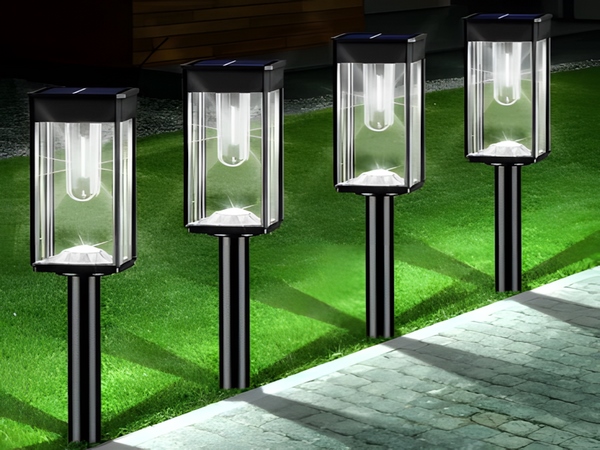
Traffic signals can be categorized into various types, including vehicle signals, non-vehicle signals, directional indication signals, flashing warning signals, lane signals, and signals at road and railway intersections. Below is an explanation of the meanings of different traffic signals.
Flashing Warning Signals
1. This type of signal is a continuously flashing yellow light, intended to alert passing vehicles and pedestrians to exercise caution and ensure safety before proceeding. This light does not control traffic priority or give right-of-way.

2. Some are suspended above intersections, while others are only activated at night, combining the yellow light with flashing signals to warn vehicles and pedestrians to be cautious at upcoming intersections. Observers should confirm safety before crossing.
3. When passing an intersection with a flashing warning signal, vehicles and pedestrians must adhere to the principle of ensuring safety. Additionally, they should follow the regulations for crossing where there are no traffic signals or traffic signs controlling the intersection.

Directional Indication Signals
Directional indication signals are specialized signals that direct the movement of vehicles, using different arrow indicators to show whether to turn left or right. These signals consist of graphics in red, yellow, and green arrow designs.
Lane Signals
Lane signals comprise green arrow lights and red X lights and are installed in variable lane roads, affecting only the designated lane’s vehicles. When the green arrow lights up, vehicles in that lane are permitted to proceed in the indicated direction. Conversely, when the red X lights up, vehicles in that lane are prohibited from passing.
The pedestrian crossing signals consist of both red and green colors. The red light displays an image of a standing person, while the green light shows an image of a walking person.



